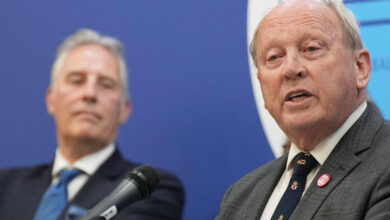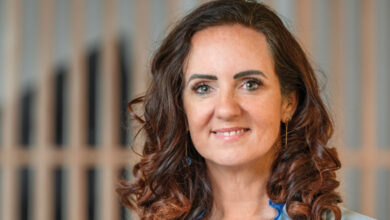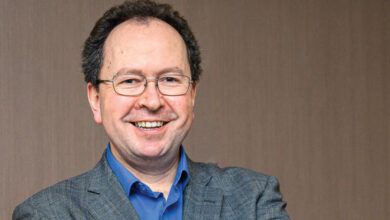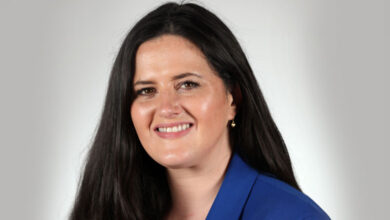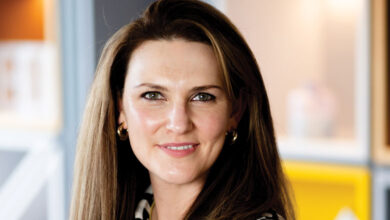The County Antrim culture
 The three council areas have a long and rich tradition of language and history.
The three council areas have a long and rich tradition of language and history.
A distinctive accent sets Ballymena people apart in conversations and the English language in the general surrounding area has long been intermingled with that of the Scots and Irish.
The remit of the Ulster-Scots Agency (Boord o Ulstèr-Scotch) covers the whole ancient province of Ulster but knowledge of the language is highest in County Antrim. For example, according to the 2011 Census, 8.1 per cent of the Northern Ireland population understands Ulster-Scots. This rises to 19.2 per cent in Larne, 21.7 per cent in Moyle, 22.1 per cent in Ballymena and 29.4 per cent in Ballymoney.
The percentage of those who can speak, read and write Ulster-Scots is much smaller but more common in the county than elsewhere e.g. 0.9 per cent across Northern Ireland but 2.4 per cent in Ballymena.
Ulster-Scots’ origins are in the Lowland Scots tongue spoken by planters in the 17th century. Much earlier, in the 6th and 7th centuries, the Kingdom of Dalriada crossed the North Channel and took in the counties of Antrim and Argyll.
The term Ulster-Scots first appeared in a letter from George Radcliffe, an English MP referring to Presbyterian planters in 1640. Local variations began to emerge around that time as the first generation after the planters was born. The culture now encompasses literature, dancing and music – all popular in North Antrim.
While Ulster-Scots language is less common in Carrickfergus, the town has the homestead of US President Andrew Jackson. His father, of the same name, was born there around 1738 and emigrated to the USA in 1765. Andrew was born two years later, in the Carolinas, and became the seventh President of the United States (1829-1837). His face has appeared on the $20 bill since 1928.
Knowledge of Irish was slightly more common across the North (10.7 per cent) and, as expected, this was strongest along the border. Ballymena, Larne and Carrickfergus all have below average percentages but Ballymena being the strongest 5.3 per cent understanding the language and 1.5 per cent being fluent in it.
Within the new council area, around 18,000 people will have some knowledge of Ulster-Scots and 6,000 people will have some knowledge of Irish.
The Irish language has certainly had a long-lasting impact on the geography of the area. Ballymena is translated from Baile Meánach (the middle townland) while Larne comes from Latharna, the name of an ancient Gaelic territory. Carrickfergus bears a close resemblance to its root – Carraig Fhearghais or the rock of Fergus.
Irish was the mother tongue when St Patrick tended the sheep of Milchu at Slemish (Sliabh Mis) and Ireland’s patron saint, whose faith began as he lived there, has the potential to be a uniting figure for the Protestant and Catholic communities of the county.

